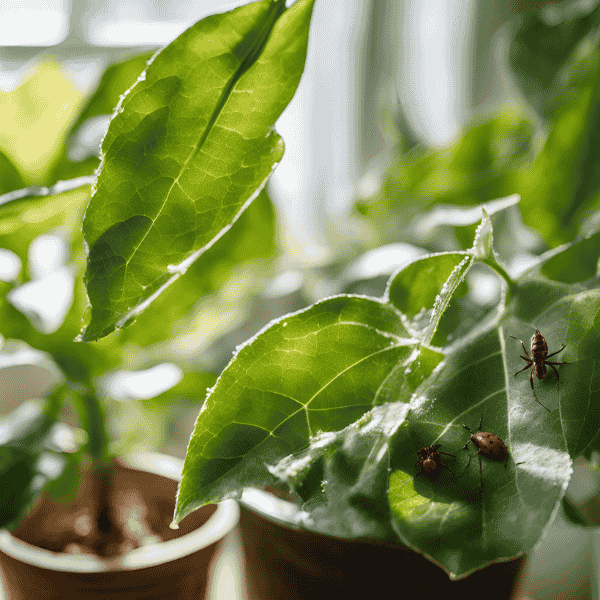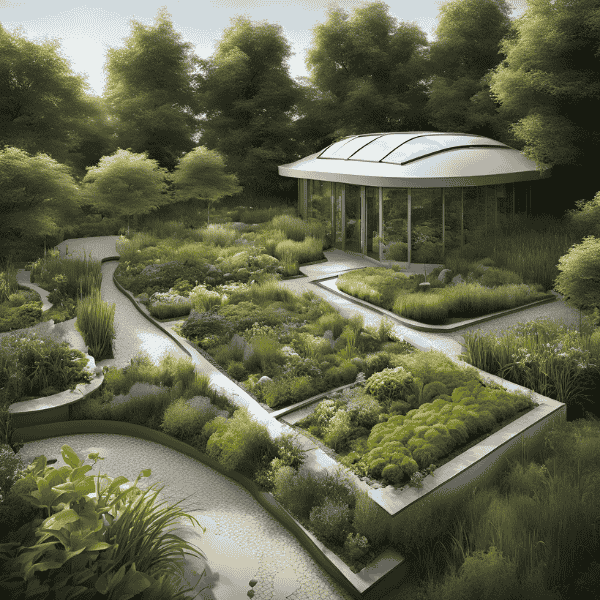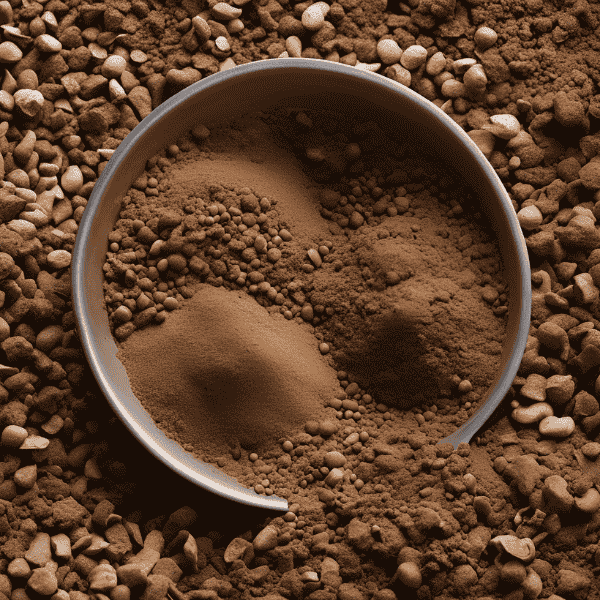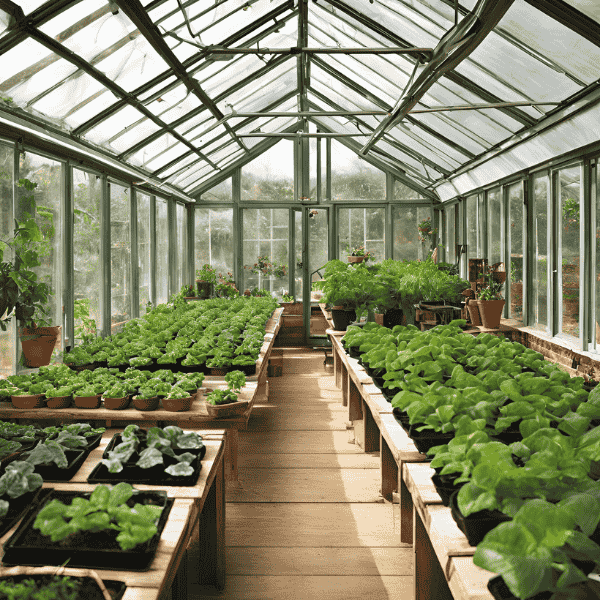Dealing with Common Indoor Plant Problems

Let’s face it—caring for indoor plants isn’t always smooth sailing. Despite our best efforts, things can go a bit sideways sometimes. From yellowing leaves to stubborn pests and slow growth, indoor plants can run into a few problems that make us wonder, “What did I do wrong?” Don’t worry—you’re not alone! These issues are common, and with a little troubleshooting, your plants will be back on track in no time.
Let’s take a closer look at some of the most frequent indoor plant problems and how to deal with them. Ready? Let’s dive in!
Yellowing Leaves: A Cry for Help
Ah, the dreaded yellowing leaves. It’s one of the most common plant complaints. When you notice your plant’s once-vibrant green leaves turning yellow, it’s time to investigate. Here are some potential reasons:
- Overwatering: This is probably the biggest culprit. Too much water can suffocate your plant’s roots, leading to yellowing leaves. Always check the soil moisture before watering—make sure the top inch or two is dry before adding more water.
- Underwatering: On the flip side, underwatering can also cause yellow leaves. If the soil is dry and crumbly, your plant may not be getting enough water. Try to keep a consistent watering schedule, but remember, different plants have different needs!
- Nutrient Deficiency: Plants need nutrients, and if they’re not getting the right ones, they can start to show signs like yellowing. Consider using a balanced, water-soluble fertilizer during the growing season (spring and summer), but be careful not to overdo it.
Pests: The Tiny Invaders
No one likes pests—least of all your plants. Unfortunately, they’re more common than you might think, especially in indoor environments. If you notice sticky residue, tiny webs, or discolored leaves, it’s time to check for bugs. Here’s what to do:
- Inspect Regularly: The earlier you spot pests, the easier they are to handle. Look closely at both the tops and bottoms of the leaves, along with the stems. Common offenders include spider mites, aphids, and mealybugs.
- Isolate Infected Plants: If you find pests, don’t panic. Simply move the affected plant away from the others to prevent the bugs from spreading.
- Natural Remedies: You don’t need to reach for harsh chemicals. Neem oil, insecticidal soap, or a mixture of water and dish soap can work wonders. Spray the affected areas, and always test a small spot first to make sure your plant isn’t sensitive to the solution.
Inadequate Growth: When Your Plant Just Won’t Grow
Sometimes, your plant seems like it’s stuck in slow motion—no matter how much love and care you give it. If growth seems sluggish, consider the following factors:
- Lack of Light: Plants need sunlight to thrive, and too little can lead to stunted growth. Most indoor plants prefer bright, indirect light. If your plant isn’t growing, try moving it to a brighter spot or adding some grow lights.
- Crowded Roots: If your plant’s roots are crowded in a small pot, it might be struggling to grow. Check the roots by gently removing the plant from its pot. If they’re circling around the edges or looking root-bound, it’s time for a bigger pot. Don’t forget to give the new pot proper drainage!
- Improper Temperature: Indoor plants are sensitive to temperature changes. A drafty window or a place that’s too hot (like near a heater) can stress your plant. Find a spot with consistent, moderate temperatures to encourage healthy growth.
Leaf Curling: What’s Going On?
If your plant’s leaves are curling, it could be a sign of several things:
- Low Humidity: Many indoor plants, especially tropical ones, love humidity. If your home is too dry (especially during the winter months), your plant might start curling its leaves in distress. Try increasing humidity by placing a humidifier nearby, grouping plants together, or placing a pebble tray with water near the plant.
- Pest Infestation: Leaf curling can also be a sign of pests like aphids or spider mites. Inspect your plant carefully, and if you see any bugs, treat them promptly.
- Water Stress: Both overwatering and underwatering can cause leaves to curl. Check the soil moisture and make sure you’re not watering too often or too little.
Brown Leaf Tips: Is Your Plant Thirsty or Too Dry?
Brown, crispy edges on your plant’s leaves are a sign of stress. Here’s what could be going on:
- Underwatering: If you haven’t been watering your plant enough, it might start to show with brown tips. Check the soil moisture and give your plant a drink if it’s dry.
- Low Humidity: As mentioned earlier, many indoor plants need higher humidity levels to stay happy. Low humidity can lead to crispy edges on the leaves. Try to raise the humidity around your plant using a humidifier or other methods.
- Over-fertilizing: Too much fertilizer can cause burn on the leaf tips. If you’ve been fertilizing heavily, try reducing the amount or frequency of feeding.
Conclusion: Don’t Stress, You’ve Got This!
Indoor plants can face their fair share of problems, but with a little patience and attention, most of these issues are manageable. The key is understanding what your plant needs and being proactive in addressing its problems. Remember to check for pests, ensure proper watering, and make sure your plants are getting the right amount of light and humidity.
Every plant is unique, and sometimes a little trial and error is all it takes to figure out what works best. So, don’t stress—your plants are counting on you, and with a little troubleshooting, you’ll have a thriving indoor garden in no time!
Happy gardening! 🌿



